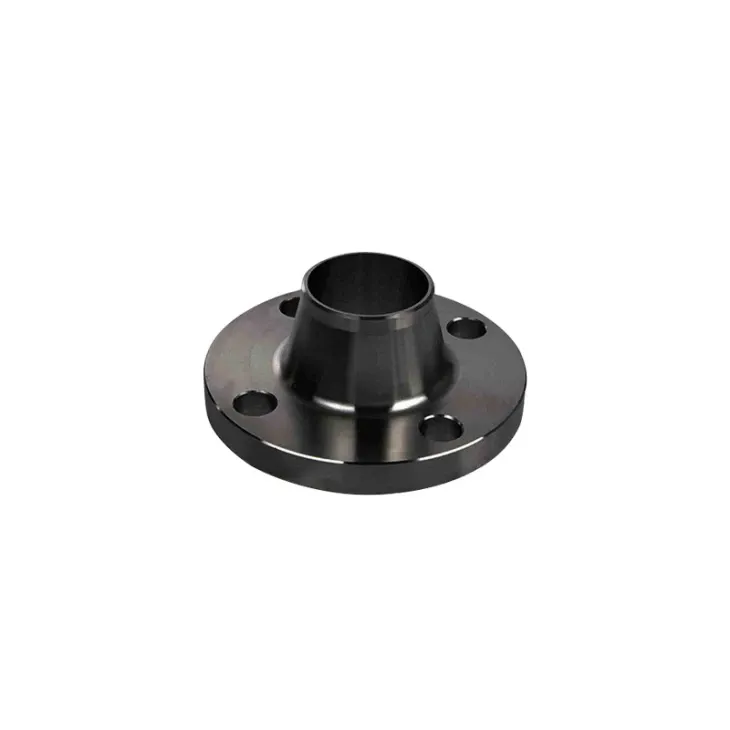-
Cangzhou Yulong Steel Co., Ltd.
-
Phone:
+86 13303177267 -
Email:
admin@ylsteelfittings.com
- English
- Arabic
- Italian
- Spanish
- Portuguese
- German
- kazakh
- Persian
- Greek
- French
- Russian
- Polish
- Thai
- Indonesian
- Vietnamese
- Zulu
- Korean
- Uzbek
- Hindi
- Serbian
- Malay
- Ukrainian
- Gujarati
- Haitian Creole
- hausa
- hawaiian
- Hebrew
- Miao
- Hungarian
- Icelandic
- igbo
- irish
- Japanese
- Javanese
- Kannada
- Khmer
- Rwandese
- Afrikaans
- Albanian
- Amharic
- Armenian
- Azerbaijani
- Basque
- Belarusian
- Bengali
- Bosnian
- Bulgarian
- Catalan
- Cebuano
- China
- China (Taiwan)
- Corsican
- Croatian
- Czech
- Danish
- Esperanto
- Estonian
- Finnish
- Frisian
- Galician
- Georgian
- Kurdish
- Kyrgyz
- Lao
- Latin
- Latvian
- Lithuanian
- Luxembourgish
- Macedonian
- Malgashi
- Malayalam
- Maltese
- Maori
- Marathi
- Mongolian
- Myanmar
- Nepali
- Norwegian
- Norwegian
- Occitan
- Pashto
- Dutch
- Punjabi
- Romanian
- Samoan
- Scottish Gaelic
- Sesotho
- Shona
- Sindhi
- Sinhala
- Slovak
- Slovenian
- Somali
- Sundanese
- Swahili
- Swedish
- Tagalog
- Tajik
- Tamil
- Tatar
- Telugu
- Turkish
- Turkmen
- Urdu
- Uighur
- Welsh
- Bantu
- Yiddish
- Yoruba

Oct . 04, 2024 19:50 Back to list
Installing Galvanized Pipe for Residential Plumbing Projects and Maintenance
Installing Galvanized Pipe A Comprehensive Guide
Galvanized pipe, known for its durability and resistance to corrosion, is a popular choice for plumbing systems and outdoor projects. Its zinc coating gives it an extended lifespan, making it ideal for both residential and commercial applications. In this article, we will explore the steps and considerations involved in installing galvanized pipe effectively.
Tools and Materials Needed
Before embarking on the installation process, it’s essential to gather all necessary tools and materials. You will need
- Galvanized pipe and fittings - Pipe wrench - Tape measure - Pipe cutter or hacksaw - Teflon tape or pipe joint compound - Safety goggles and gloves - Level - Adjustable wrench
Having the right tools will ensure that the installation process runs smoothly and efficiently.
Planning Your Installation
The first step in installing galvanized pipe is to plan your layout. Determine the route the pipe will take, accounting for factors such as the overall plumbing system and any potential obstacles. A well-thought-out plan minimizes the risk of complications during installation.
Be sure to measure carefully to avoid any errors that could lead to additional work. Consider the number of fittings needed, such as elbows and tees, to accommodate changes in direction or branch lines.
Cutting the Pipe
installing galvanized pipe

Once you have your plan in place, you can begin cutting the galvanized pipe to your required lengths. Using a pipe cutter will give you a clean cut, but a hacksaw can be used if necessary. Ensure that you deburr the edges of the cut pipe to avoid any sharp edges that could cause injury or damage to seals during installation.
Assembling the Pipe
Begin assembling your pipe by connecting the sections using the appropriate fittings. Apply Teflon tape or pipe joint compound to the threads of the fittings to ensure a tight seal and prevent leaks. When connecting the pipes, tighten them with a pipe wrench, but be cautious not to over-tighten, as this can damage the fittings.
If your installation includes vertical sections, use a level to ensure they are plumb. Proper alignment will help maintain the integrity of the system and facilitate water flow.
Testing for Leaks
After the installation is complete, it’s crucial to test your system for leaks. Turn on the water supply slowly and observe the joints for any signs of leaking. If you discover any leaks, turn off the water supply and tighten the connections as needed or reapply sealant. It’s better to address any issues at this stage rather than after the entire system is operational.
Maintenance Tips
Once your galvanized pipe system is installed, regular maintenance will help prolong its life. Periodically inspect the pipes for any signs of corrosion or damage, especially in areas exposed to the elements. Cleaning the system and checking for blockages will help maintain optimal water flow.
Conclusion
Installing galvanized pipe is a manageable task with the right tools, planning, and execution. By following the steps outlined above, you can successfully install a durable plumbing system that will provide reliable service for years to come. Take your time during the process, and don’t hesitate to consult a professional if you encounter challenges beyond your skill level. Happy installing!
Latest news
-
ANSI 150P SS304 SO FLANGE
NewsFeb.14,2025
-
ASTM A333GR6 STEEL PIPE
NewsJan.20,2025
-
ANSI B16.5 WELDING NECK FLANGE
NewsJan.15,2026
-
ANSI B16.5 SLIP-ON FLANGE
NewsApr.19,2024
-
SABS 1123 FLANGE
NewsJan.15,2025
-
DIN86044 PLATE FLANGE
NewsApr.19,2024
-
DIN2527 BLIND FLANGE
NewsApr.12,2024
-
JIS B2311 Butt-Welding Fittings LR/SR 45°/90° /180°Seamless/Weld
NewsApr.23,2024











